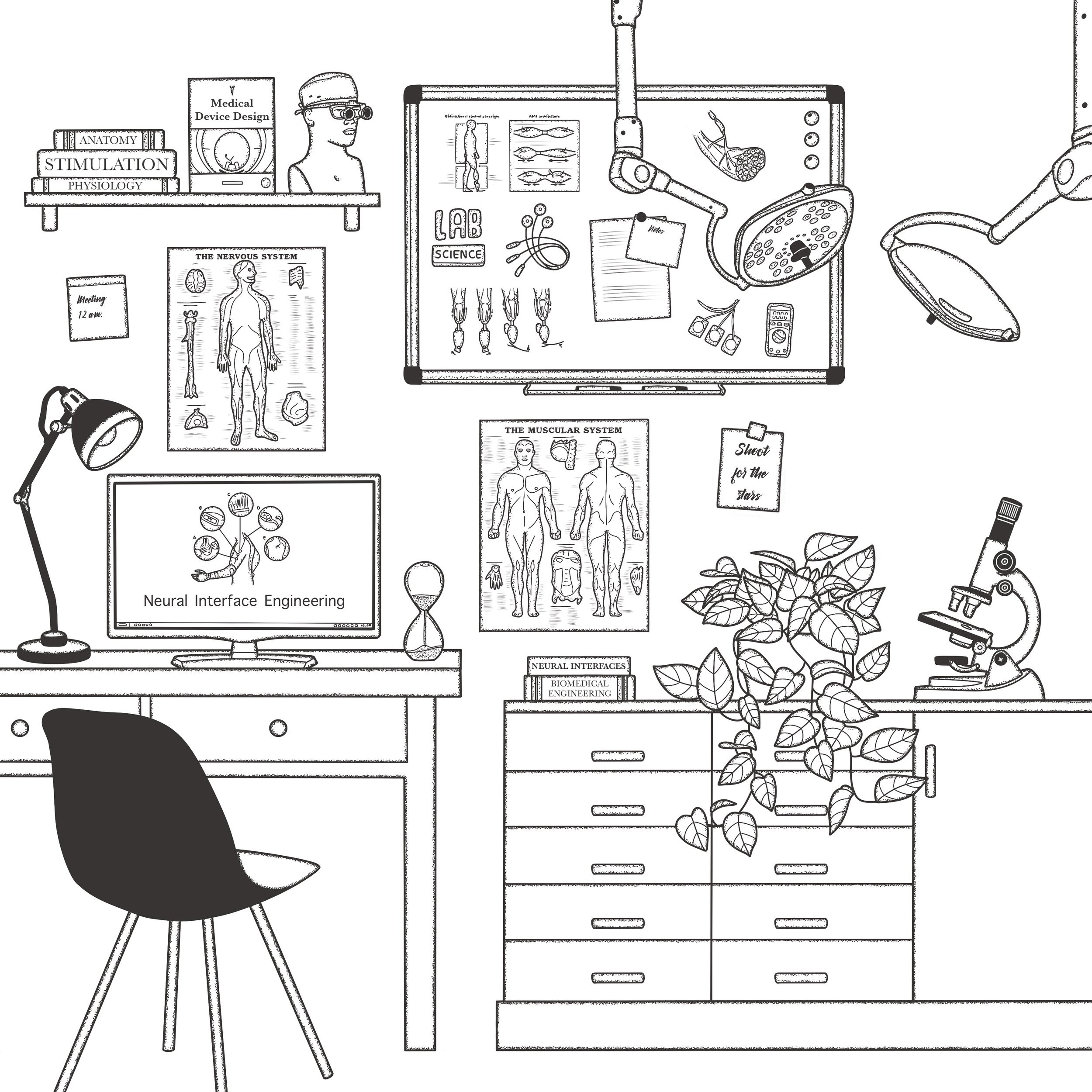
Section Styles spotlight-header
I am a
BIOMEDICAL Engineer
Shriya Srinivasan, PhD
Presented by
superhuman body + if/thenresearch is making a new generation of prosthetics possible.As a Biomedical Engineer, I build devices that support people who have lost mobility and sensation due to disease.
MY WORK SETTING
Indoor vs. Outdoor
I spend all of my time working inside at a desk or in the lab.
People vs. Alone
I spend most of my time alone working on processes and some time collaborating with others.
Creative vs. Defined
My work can be creative when using new technology or equipment, but then there are a lot of defined protocols to follow.
-
My job is to design and build devices that restore sensation or mobility to people who have lost these capabilities. These devices are designed to help close the feedback loop between the brain and technology so that we can do things like capture important data or help patients regain the ability to feel and sense everyday sensations (like touch, pain, heat, etc).
-
I do a mix of hands-on-research, collaboration, and engineering design. I often feel like I’m running my own R&D operation, as I’m constantly juggling a lot of different tasks. On any given day I might be sketching new ideas, developing new surgical procedures, or experimenting with the latest design of a new device.
-
The ability to move and feel can make a huge difference to our day-to-day lives, and many people who have lost or were born without these abilities are looking for ways to safely and comfortably restore them. The technologies we’re creating can make a huge difference. I helped develop techniques that have allowed patients to move and feel more after an amputation. By looking for solutions that blend insights from design and science with the experiences and desires of the people we work with, we can open up new possibilities to support independence and reduce pain.
My Work NeedsEssential Skills:
WORK ETHIC
My work is very rewarding but it takes a lot of effort and dedication to bring our ideas to life.
CURIOSITY
I need to remain curious and creative to find new solutions because often there are no obvious answers.
ANALYSIS
I use my analytical skills throughout my work – such as reviewing data from clinical trials and evaluating different designs for prostheses.
COLLABORATION
I regularly team up with engineers and surgeons so I need to understand how to work with different groups.
DAYS IN THE LIFE
Days in the Life
Come along and explore what three days at my job might look like!
How I Work
Check out what my place of work looks like on an average day.
This is what my workspace looks like!
Variety. I spend my days working in different settings, like a desk and a research lab.
A whiteboard. Always helpful for sketching out ideas!
Textbooks on physiology. Human bodies are complicated. It’s important to have references nearby.
Plants. I love bringing a little life into my workspace.
Prototypes. We often build many versions of new technologies before we hit the right one.

Did you know...Prosthetics aren’t always available to those who need them.
Across the world, there is a huge access issue when it comes to prostheses. Millions of people around the world could benefit from the devices and tools that are already available to help ease their pain, support their independence, or regain common motor functions. Unfortunately, in most countries outside the United States, some estimates suggest that less than one out of every ten people who need prostheses have one. Despite having the technology we need to support them, this population is often overlooked, underserved, and even left out of the design process completely.
Many low-cost versions of common prosthetics exist, and some of these work very well. But often, they lack key functionality or they’re just too difficult for the people who want them to access. It can be very impractical for someone to travel hundreds of miles to get the prosthesis they need. Kids, for example, need bigger sizes as they grow up so it’s logistically challenging if the supply is so far away. Overall, the people who really need these devices don’t always have the financial, technical, or psychological support they need to access them, and that’s a serious issue that needs to be resolved.
Rewarding
These are the parts of my job I find particularly rewarding.
Seeing the impact of our work on human patients who are in pain or struggling with reduced quality of life.
Giving high-visibility presentations at educational conferences and hackathons.
But everyone is different! Drag the circles to place them where you rate them.
Challenging
These are the parts of my job I find particularly challenging.
Working on engineering problems without a clear answer and a defined “right” way to proceed.
Troubleshooting and debugging problems with our devices, surgical procedures, and mechanical fabrications.
Section Styles movable
These are the people I work with:
Clinicians (Doctors, Medical Students)
I work with clinicians to understand patient needs, and discuss the science (seeing what has been done before, and what we can do differently in the future).
Electrical Engineers
I collaborate with electrical engineers on electrical components– circuit design, power generation, signals — for our devices.
Mechanical Engineers
I work with mechanical engineers on designing and making the physical structures of our devices to make sure they are safe, comfortable, and functional for the patients.
WHAT’S NEXT?
What’s next for my field of work?In ten or fifteen years, we could have implants that mimic the nerve endings in the human body, so that our brains can “feel” our prosthetics, similar to how we feel our limbs and skin.
Internal Neural Feedback
While brain-computer interfaces (meaning where you and technology can communicate) already exist to help people with prosthetics control them with their minds, that’s a one-way communication. New technology could close that loop! It could also work for internal organs, like the stomach or bladder, which could be compromised due to disease or aging.
Looking for teacher resources?
PHOTOGRAPHER: Chris Disario • Illustrator: NICK SIROTICH© 2024 THE PLENARY, CO. ALL RIGHTS RESERVED. TERMS. PRIVACY.This is a brand new site! See an issue? Let us know.














